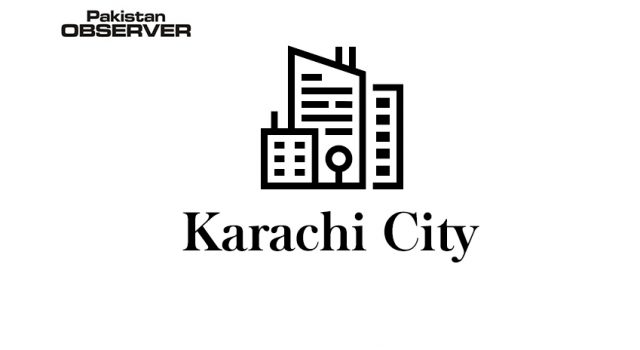Launched at the ‘Accelerating a Sustainable Digital Economy’ summit held this week by SAMENA Council, a new report from Huawei and Arthur D. Little focusses on recommended policy actions for Middle East countries to realise their digital visions for a sustained economic recovery from the pandemic and enhanced resilience.
The new study focuses specifically on the Middle East and builds on an earlier collaborative report by Huawei and Arthur D. Little this summer titled “Think Digital. Think Archetype. Your Digital economy model”
Pakistan is currently defined as an “ICT Novice” archetype, owing to the low adoption of ICT products and services and limited ICT infrastructure. That said, the report shows that with the right policies, it can leverage its low-cost base and large workforce to become a service and software powerhouse. Arthur D. Little suggests this can be achieved by uplifting the supply and demand sides of the digital economy in tandem, improving digital infrastructure, access and capabilities, while fostering a strong ecosystem around clusters of strategic industries such as software and entertainment. In all, the consultancy group has estimated gains in excess of US$1.9 billion and thousands of high-quality jobs can be created.
The digital economy is estimated to account for 4.5 to 15.5 percent of world GDP today, depending on the definition. In its broadest definition, this equates to US$11.5 trillion and is growing at around 3x the rate of overall GDP.









